Stop the culinary cringe, it’s time we redefined what is ‘Australian food’
Starting with the halal snack pack and capricciosa pizza. They’re uniquely Australian dishes yet haven’t been embraced the way New Yorkers do their cheese slice. Our immigrant cultures are forging new edible identities and it’s time we celebrate them like we have the pavlova.
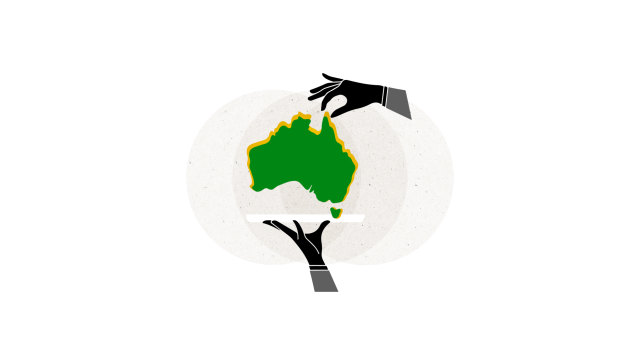
On a recent episode of The Project, Curtis Stone made an appearance to speak about his pride in Australian cuisine. “It is really unique,” he said. “It is really special, but it’s not an easy thing to describe.”
In his role as an official and unofficial spokesperson for Australia and its edible bounty, even our most visible envoy is not quite able to define what we mean when we say “Australian food”.
What is Australian food? Is there even any such thing? These are questions I’ve been pondering, researching and, at times, vigorously debating, for decades.
We are not Europe. We are not Japan or Korea. Aside from the food of our incredibly diverse – and until recently, often ignored – First Nations cultures, we do not have thousands of years of edible history to draw upon and call our own. This makes the question harder to answer, but it also frees us from some of the bonds that tradition can impose.
In recent years, I believe that the food of Australia overall has become more recognisable, more exceptional and more delicious.
Like so many things about Australia, our food is an amalgamation of cultures, shaped by the physical realities of this country. And in recent years, despite the constant ups and downs and shifting fashions in various cities, I believe that the food of Australia overall has become more recognisable, more exceptional and more delicious. Our ingredients are more distinct. Our immigrant cultures are forging new edible identities that are unique to Australia. The instances in which I encounter menus that would not exist elsewhere are far more common now than they were five or 10 years ago. The New York steak house trend will come and go, but Australian food is here to stay.
But what does that mean, exactly? And how do we define and celebrate ourselves in a world that wants easy signifiers, when what we have to offer is so very complex?
It’s an ironic place to begin, since I think part of the formula for us to take hold of our own identity, is to stop comparing ourselves with other countries. But nonetheless, I’m going to start with a rhetorical question to answer the original question. And that is: What is American food?
This is useful only because of the similarities between our two countries: both were colonised by the British fairly recently (although the US has a couple of hundred years on us); both have ancient cultures that were massively disrupted (and far worse) when that colonisation occurred; and both have since been populated by waves of migrants from all over the globe.
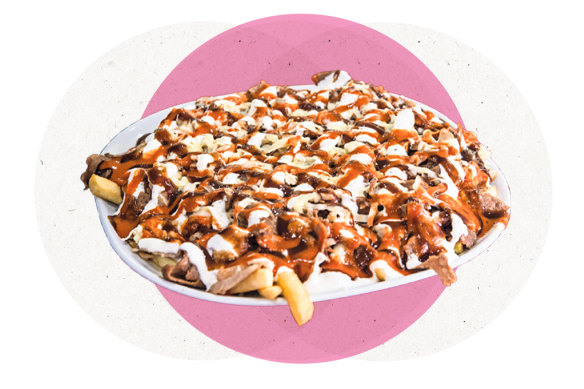
American food, as most people would define it, is primarily the food of its immigrants, altered to fit the climate, ingredients and social forces of its location. Hamburgers and hot dogs have their roots in Germany. Pizza is obviously Italian. There is a whole distinct cuisine that is American Chinese and not just Chinese, but that would not have come about had it not been for the ingenuity of Chinese immigrants learning to adjust to American life.
Why, then, is that food thought of as authentically American, and yet our love of pies and other pastry-encased meats are often dismissed as slightly altered Briticisms?
That we have our own versions of Italian and Greek and German foods that have emerged here and evolved from their European origins into something distinctive makes them no less Australian simply because they have those origins.

The capricciosa pizza cannot be found on the streets of New York – I’ve never seen it anywhere in America. It can be found in Italy, but only in a couple of specific regions, and it doesn’t really resemble the Lygon Street version. It is ours; Italian Australians took the tastes and ingredients of their forebears, mixed them with the tastes and ingredients of their new home, and made something new.
The fact that even Anglo grandmas in the suburbs of Melbourne know how to roast a lamb until it falls apart, smothered in rosemary and lemon, is a whisper of this city’s amazing Greek heritage.
It is also incredibly Australian, the interplay between the British love of a Sunday roast and the Greek tendency to plant herbs and lemon trees in half the yards of the inner north.
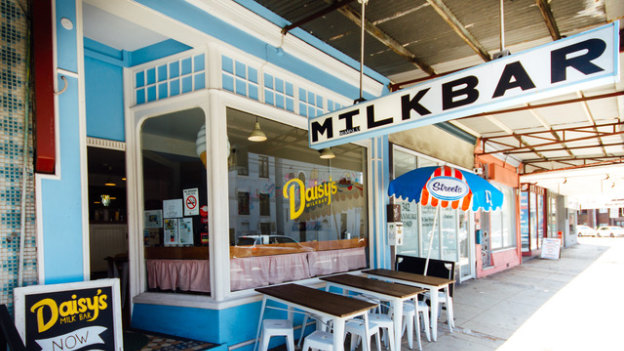
It was the Greeks of Sydney that gave us the great Australian milk bar, which in turn spawned a whole new genre of tuck shop eating that has continued to evolve ever since.
I’ve never had a kugelhopf exactly like the one at St Kilda’s Monarch Cakes anywhere outside Australia (European versions are lighter, less dense, nowhere near as chocolatey), and hot jam doughnuts are unique to Melbourne. Both of these things bloomed from similar sweets in Poland and Germany, but because certain recipes took hold here and tweaks were made, they are now decidedly Australian.
You won’t find the halal snack pack – a glorious amalgamation of cultures that’s been perfected in Sydney’s western suburbs – outside Australia either.
Why don’t people view these foods as emphatically Australian? That answer is long and complicated, but I suspect it has to do with our failure to toot our own horns.
We’re happy to revel in the somewhat kitschy Australiana of lamingtons and fairy bread, but Melbourne has never embraced the capricciosa the way New York has embraced the cheese slice; there’s almost a sense of shame around our love of pies and sausage rolls that you’d never sense from an American as she happily gobbles a hot dog.
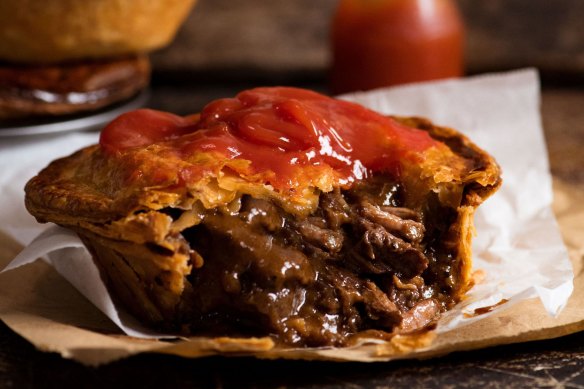
The words “Italian-Australian” are rarely used in conversation the way that America’s Italian population claims “Italian-American” proudly. In wanting to fit in with the foodie elite of America and Europe, we have suppressed our own personality in order to pantomime the nostalgia of other places.
How many restaurants in Melbourne claim to be “New York-style Italian”? How many proudly call themselves “Melbourne-style Italian”? Why don’t we celebrate the glorious ingenuity of our migrants the way Americans celebrate theirs?
What defines Australian food today?
The above has been true for half a century. But in the past decade or so, huge changes have occurred that make for a clearer understanding of not just Australian food, but modern Australian food.
Native ingredients
The first is the one that seems the most obvious: the explosion of interest in Indigenous ingredients. On the whole, I think this turn towards flavours that are inherently Australian will do a lot to help define Australian cuisine, but it’s so far overdue it would be comical if it weren’t so infuriating.
Imagine if American chefs had only recently discovered tomatoes and corn – foods found in America that did not exist in Europe before exploration of the New World – and it took famous Danish chef Rene Redzepi showing up and “discovering” them to make that happen?
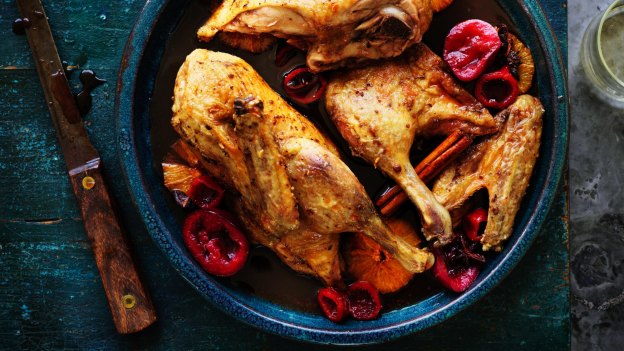
Let’s put that aside for the moment and celebrate the fact that these ingredients are now being embraced. That can only be a good thing, especially if we move towards respecting the knowledge and traditions of the people who have cultivated and used these ingredients for thousands of years.
I see that happening already, with spirits and spices companies such as Something Wild, in the work of Kylie Kwong at Lucky Kwong in Sydney and Ben Shewry at Attica in Melbourne, and in more recent openings as well. At Atria, atop the new Ritz-Carlton in Melbourne, chefs Mark Best and Michael Greenlaw are basing their menus around the seasons of the eastern Kulin Nation.
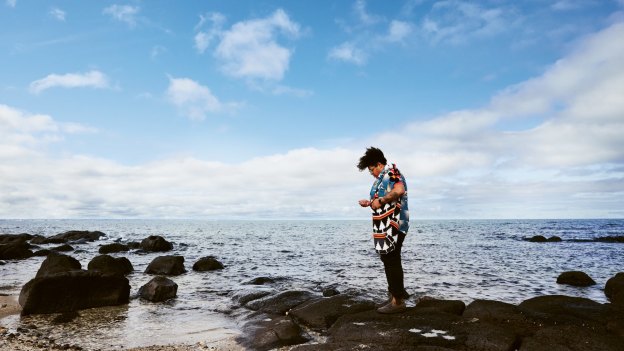
Most important of all, we should be celebrating the work of First Nations chefs. When visitors come to Melbourne, I send them to eat hot jam doughnuts and make sure they get a piece of chocolate kugelhopf from Monarch.
If they’re in the market for a blow-out meal, I send them to Attica or Navi or one of the other restaurants in town that uses native ingredients with thought and respect.
But I also send them to Torres Strait-owned Big Esso by Mabu Mabu, where you can eat emu liver parfait alongside saltbush damper. I don’t believe anyone could experience those dishes and come away confused about whether there’s any such thing as Australian cuisine.
Modern Asian-Australian
If the Chinese arrivals during the gold rush and Italian and Greek immigrants of the mid-20th century have given us an Australian version of those cuisines about which we should be proud, then that same thing is happening (and has been happening) with the South-East Asian and African immigrants who have arrived more recently.
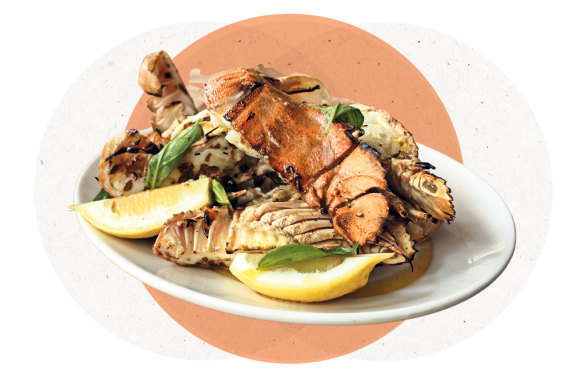
There’s now a whole genre of modern Asian-Australian food that relies on our amazing seafood, paired with traditional and modern Vietnamese, Thai and Filipino flavours in a way that makes it unique.
This is different from the pervasive, sometimes problematic Asian fusion that used to be synonymous with modern Australian cooking. In fact, it’s a wholly authentic expression of chefs who are conveying their lived experiences as people with roots in more than one culture.
At Jeow in Melbourne’s Richmond you can get fat scampi split open, grilled and smothered in betel leaf.
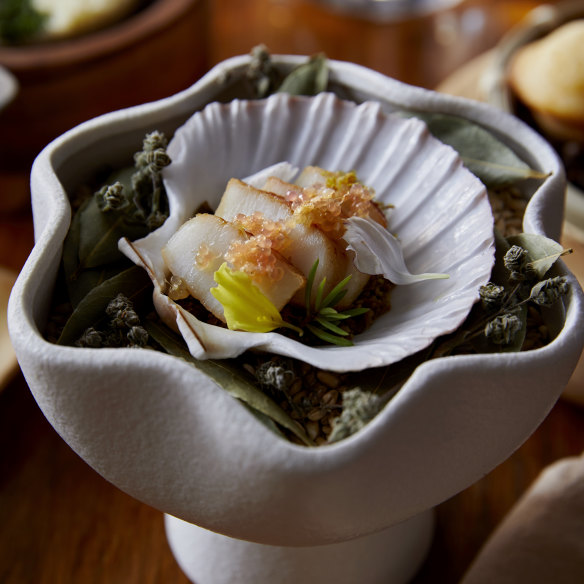
At Takam in Sydney, husband and wife chefs Aileen Aguirre and Francis Dela Cruz are making Filipino tinolang using Jervis Bay mussels.
At Serai in Melbourne’s CBD, you can find Australian prawns flavoured with pandesal and buro butter. (Serai’s chef, Ross Magnaye, is particularly good at repping Australia: he uses kangaroo in place of raw fish for his version of kinilaw; and one of my favourite desserts in town is his take on the Golden Gaytime, which is much like the original but ramped up in intensity.)
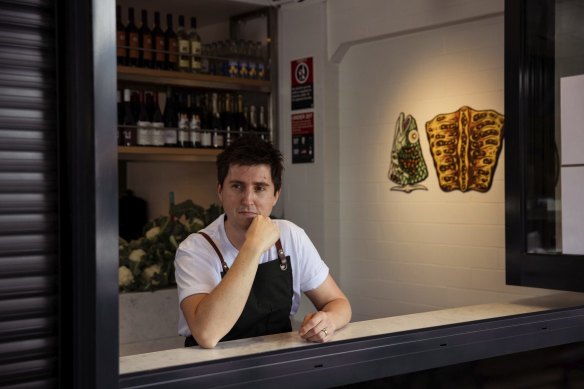
Native seafood
Indeed, seafood is probably the most straightforward way to explain to the rest of the world what modern Australian food looks like. Marron, Sydney rock oysters, Moreton Bay bugs, Murray cod and King George whiting are all ingredients unique to Australia. Not only that, but our chefs are using that seafood in ways that are cutting edge – Josh Niland in Sydney continues to be at the vanguard of fish cookery, and his influence can be seen now in restaurants around the country – and the world.
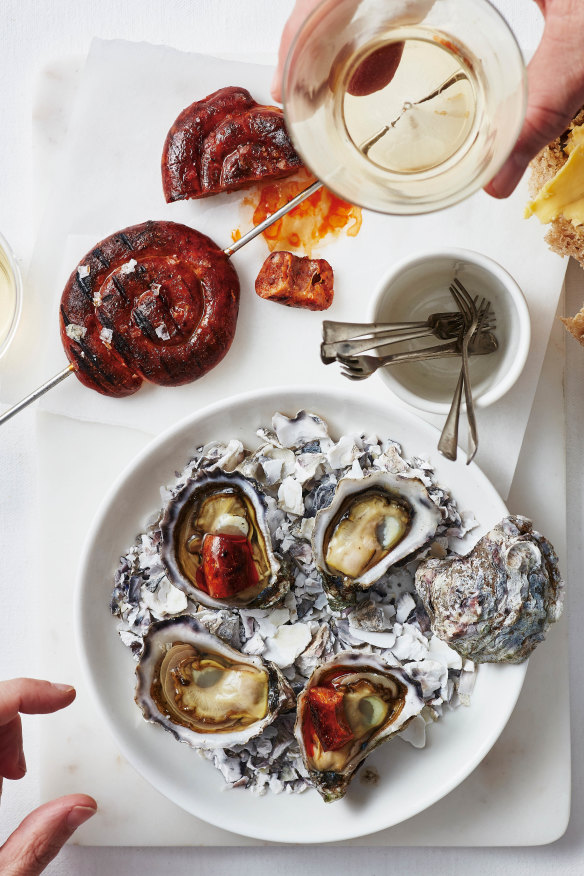
Regional cuisine
It’s no coincidence that much of the most exciting dining in Australia right now is outside the echo chambers of Melbourne and Sydney. Those two cities were bruised by their respective lockdowns, and are emerging more cautiously than many of the places that never had that same level of economic and creative throttling.
Some of the best − and most creative − cooking I’ve had over the past two years has been in regional parts of Australia, Laura on the Mornington Peninsula and Underbar in Ballarat, where the closeness to the land and the suppliers fosters a kind of local cuisine that’s hard to mimic in the city.
I also think there are certain places where chefs are forging very specific versions of Australian fine dining that are region-specific, and that’s incredibly exciting.
In the Northern Rivers of NSW, an intensely local cuisine is emerging that fuses the hippy history of Byron Bay with the ideals of fine dining and the fresh, semi-tropical produce and seafood of the region.
In Tasmania, a kind of brutalist minimalism can be seen running through the menus of the best restaurants, a vague punk rock aesthetic that’s also somehow incredibly warm and welcoming. Easy to describe and define? No. Distinctive, perhaps even unique? Absolutely.
The next step in defining Australian food will come in the emergence of regional differences, which exist now in certain food items (Western Australia’s conti rolls, for instance) but less so in entire genres of cooking.
But the more chefs look to the natural world around them for inspiration, as well as the cultural histories of their communities, the more those regional differences will arrive. I see it happening already, and I can’t wait to watch as that trend continues.
So where does that leave us?
It would be easy to say that because it has taken me 1700 words to give even a partial definition of what Australian food is, I doth protest too much. But simple explanations for almost any culture’s cuisine are reductive in nature.
Mexican food is tacos and salsa, fine, but there are actually hundreds of regional styles of Mexican cooking, thousands of dishes, and modern Mexican food is very different to the street food that’s more widely known.
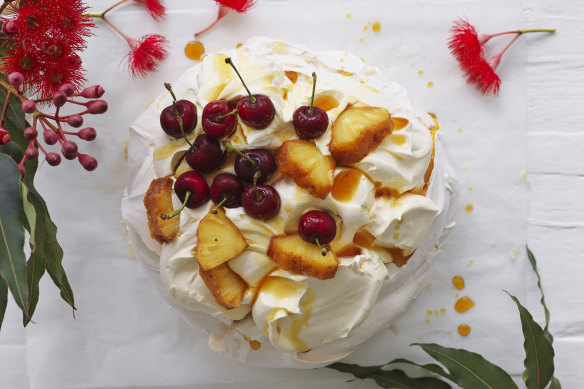
Australia is more than meat pies and Chiko rolls and pavlovas, but we are those things as well. We shouldn’t be ashamed of the basic foods that unite us, and at the same time, we shouldn’t be shy about admitting that our culinary identity is complicated, because we are a complicated – not homogenous – nation.
There’s a whole world of food to be found here that you simply can’t find anywhere else, and just because the origins of those foods are international and varied does not make them any less Australian. It is that very complexity that defines us, and makes living and eating here so endlessly exciting, fascinating and delicious.